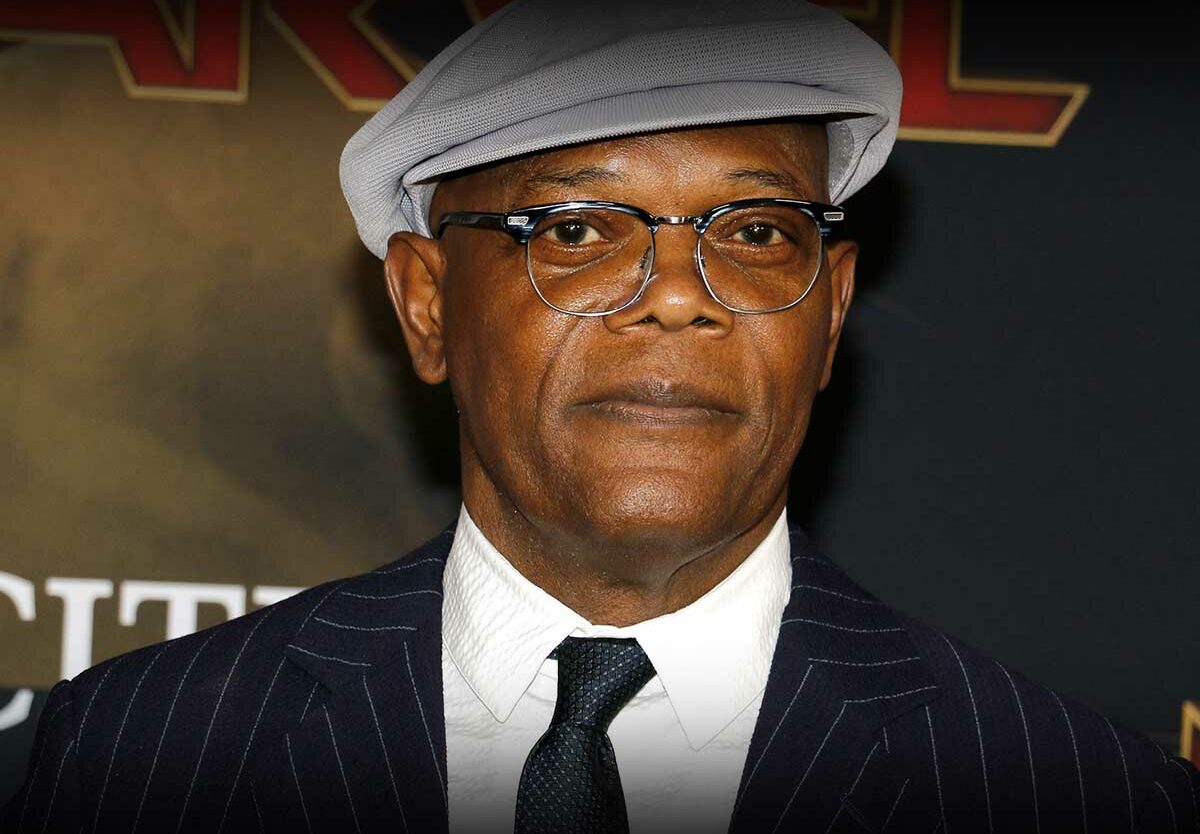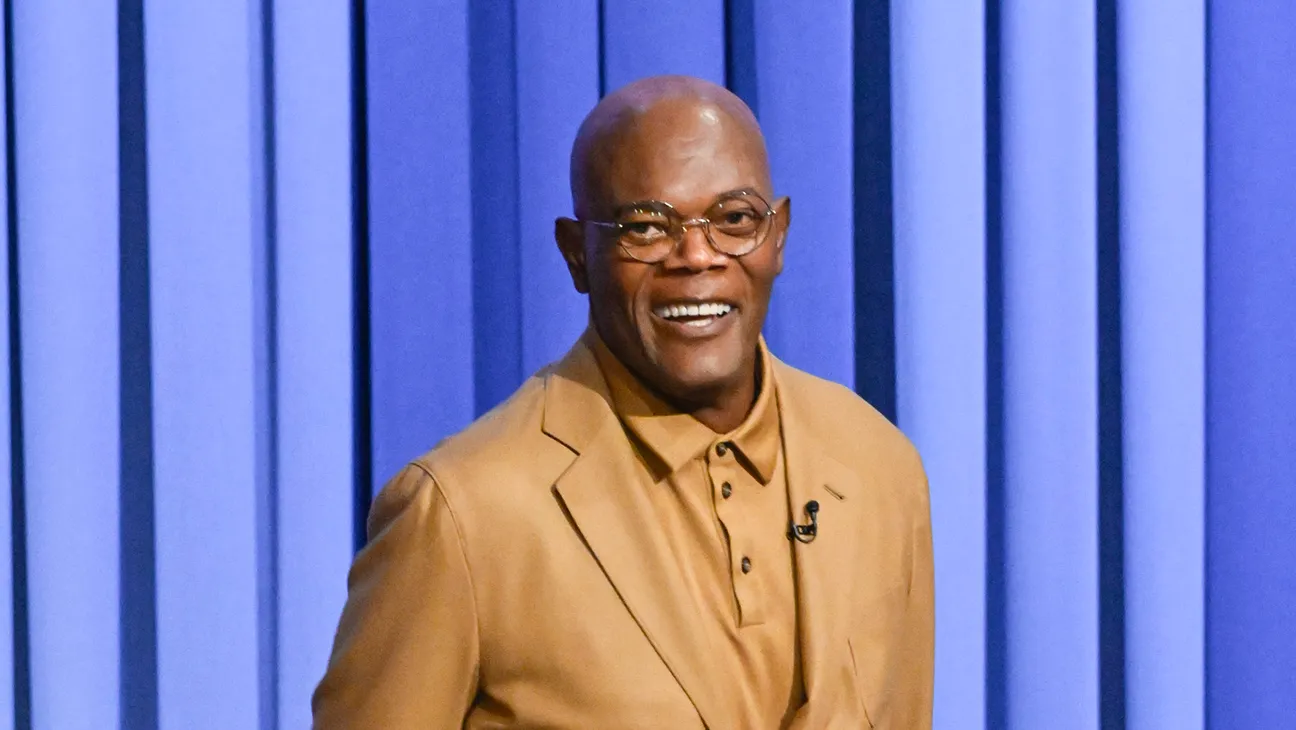Samuel L. Jackson, one of the most recognizable faces in Hollywood, has built an impressive fortune of around $250 million through his decades in film, smart business moves, and those unforgettable roles that have made him one of the highest-grossing actors ever.
How Samuel L. Jackson Hustled for His First Paychecks

Before he was dropping iconic lines in blockbuster movies, Sam Jackson was just trying to make ends meet like the rest of us. Growing up in Tennessee during segregation wasn’t exactly a cakewalk, but young Sam showed serious hustle from day one. He picked up his very first dollars as a teenager working whatever jobs he could find around Chattanooga – delivering packages, bussing tables, you name it.
Funny enough, acting wasn’t even his first career move. After finishing up at Morehouse College with a drama degree in ’72, Jackson took a practical detour. Instead of chasing auditions right away, he spent two years working as a social worker in LA. It wasn’t glamorous, and the pay was pretty basic, but it kept a roof over his head while he figured out his next move.
Looking back, those lean years taught him a lot about money and grinding it out. While he was probably bringing home what would amount to a few hundred bucks a week today, these early struggles gave him the thick skin and work ethic that would serve him well when Hollywood finally came calling.
Samuel L. Jackson’s Slow Climb Up the Financial Ladder
Jackson’s transformation from social worker to global superstar definitely wasn’t an overnight success story. After leaving the 9-to-5 world, he fully committed to acting, starting with tiny theater roles in New York that paid practically nothing – sometimes just enough to keep the lights on. Throughout the ’70s and early ’80s, he was primarily a stage guy, earning modest cash while perfecting his craft at places like the Negro Ensemble Company.

His first movie breaks came with small parts in flicks like “Coming to America” (1988) and “Do the Right Thing” (1989), but these were blink-and-you’ll-miss-him roles that probably paid just the SAG minimum – nowhere near the millions he’d eventually command. During this period, Jackson was likely pulling in between $10,000-$30,000 a year from acting – barely enough to live on in New York, let alone build wealth.
Things started looking up when he connected with director Spike Lee, who saw something special in him and cast him in several projects. But the real game-changer came after Jackson tackled his personal demons and got sober in the early ’90s. Right after rehab, he landed the role of crack addict Gator in Lee’s “Jungle Fever” (1991) – a performance so raw and powerful it earned him the first-ever Best Supporting Actor award at Cannes. This breakthrough probably netted him somewhere between $50,000-$100,000 – still peanuts by Hollywood standards but a major step up in his world.
The early ’90s saw Jackson steadily climbing the Hollywood pay scale, setting him up for the massive payday that was just around the corner thanks to a certain film director with a thing for pop culture references and non-linear storytelling.
When Samuel L. Jackson Finally Hit the Financial Big Time
Everything changed for Jackson when he delivered that unforgettable performance as Jules Winnfield in Quentin Tarantino’s “Pulp Fiction” (1994). This career-defining role not only scored him an Oscar nomination but catapulted him straight to Hollywood’s A-list and dramatically boosted his earning power. While nobody knows exactly what he got paid for “Pulp Fiction,” industry insiders guess it was still relatively modest – maybe $300,000 to $500,000 – since it was technically an indie film despite becoming a massive hit.
After “Pulp Fiction,” Jackson’s asking price went through the roof. By the late ’90s, he was pulling in $5-10 million per major role, with movies like “Die Hard with a Vengeance” (1995), “The Negotiator” (1998), and “Shaft” (2000) establishing him as a guaranteed box office draw. But the real financial jackpot came when he signed on as Nick Fury in the Marvel Cinematic Universe, starting with that brief but crucial cameo in “Iron Man” (2008).
The Marvel deal was next-level smart money. Jackson reportedly inked an unprecedented nine-movie contract with Marvel Studios, earning an estimated $4-6 million per appearance, even for scenes that only lasted a few minutes. His total take from the Marvel franchise alone probably tops $50-60 million, making him one of the highest-paid actors in the superhero game.
Beyond movie paychecks, Jackson’s peak earning years have been extended through some savvy business moves. He’s had a super lucrative relationship with Capital One for their credit card commercials, reportedly bringing in around $8 million annually just to ask “What’s in your wallet?” Plus, his iconic voice has been monetized in various ways, including as a downloadable option for Amazon’s Alexa.

Samuel L. Jackson’s Money Situation Today and Ongoing Cash Flow
As of 2025, Samuel L. Jackson is sitting on an estimated $250 million fortune, putting him among Hollywood’s wealthiest actors. This impressive pile of cash comes from decades of smart career choices, business deals, and his remarkable staying power in an industry that typically chews people up and spits them out.
Even in his 70s, Jackson remains incredibly active and in-demand. He currently commands between $10-15 million for leading roles in major studio films, though he’ll occasionally take a pay cut for projects he really believes in or ones that offer him a sweet percentage of the profits on the back end.
His ongoing relationship with Marvel continues to be a reliable money printer, as do his voice work and endorsement deals. That Capital One partnership is still going strong, with his distinctive voice and catchphrase becoming instantly recognizable to pretty much everyone with a TV.
Jackson and his wife, LaTanya Richardson, have also built up a solid real estate portfolio over the years. Their main crib in Beverly Hills is worth around $8.35 million, and they own several other properties, including some commercial real estate investments that generate passive income without requiring him to memorize any lines.
Perhaps most impressively, Jackson holds the Guinness World Record as the highest-grossing actor of all time, with his films collectively earning over $27 billion worldwide (not counting cameos). While that doesn’t directly translate to personal wealth, it shows just how bankable he is and explains why studios are still willing to meet his hefty salary demands decades into his career.
Samuel L. Jackson: His Real Talk on Making It Big
Throughout his journey from broke actor to Hollywood royalty, Jackson has dropped some serious wisdom about success and financial stability. First and foremost, he’s all about perseverance. Let’s not forget that he didn’t land his breakthrough role in “Pulp Fiction” until he was 45 – an age when many actors are already being shown the door.
“I’ve always approached the work, not the fame,” Jackson has said in interviews. This work-first mentality has allowed him to build a career on consistency and reliability rather than chasing overnight fame. Studio execs know that Jackson shows up prepared, delivers the goods, and brings his unique energy to every role – making him a solid investment for producers.
Another key to Jackson’s success has been his willingness to mix it up. While many actors get pigeonholed, Jackson has bounced between genres like a pinball – from action blockbusters to intimate dramas, superhero epics to quirky indie films. This versatility has protected him from the financial ups and downs that plague actors who become too associated with a single character or style.
Jackson also keeps it real about money management. Unlike many celebrities who blow through cash like it’s going out of style, he’s been careful with his millions, making smart investments and avoiding the extravagant spending that has bankrupted other stars. “It’s not about how much you make, it’s about how much you keep,” he once said, dropping some serious financial truth.
Perhaps most importantly, Jackson believes in keeping it 100% authentic. His distinctive style, unmistakable voice, and willingness to just be himself have created a personal brand that’s bigger than any individual role. This authenticity has given him staying power, allowing him to remain relevant and bankable through multiple decades and ever-changing Hollywood trends.
The Real Impact of Samuel L. Jackson’s Wealth on His Life and Giving Back

Beyond the impressive numbers, Jackson’s financial success has enabled him to make a genuine difference through charity work and mentoring. He and his wife set up the Samuel L. Jackson & LaTanya Richardson Endowed Scholarship Fund at Spelman College, creating opportunities for young students facing the same kind of financial hurdles he once did.
Jackson has also put serious money into cancer research, motivated by his own family’s battles with the disease. After losing several loved ones to Alzheimer’s, he became a vocal advocate for increased research funding and awareness, donating big chunks of change to organizations working on treatments and cures.
His wealth has also given him the freedom to choose roles based on interest rather than necessity. Unlike actors who have to take whatever pays the bills, Jackson can pick projects based on personal passion, artistic value, or the chance to work with filmmakers he respects. This freedom has contributed to the incredible variety and quality of his massive filmography.
Jackson’s journey from broke kid in Tennessee to Hollywood mogul worth $250 million is pretty much the definition of the American dream. But despite all that cash, he stays surprisingly grounded. “The money is nice,” he once joked in an interview, “but I’d still be acting even if they paid me a lot less. It’s the work that matters.”
As Samuel L. Jackson continues his unstoppable career into his 70s, his financial legacy is already locked in. With a net worth of $250 million and counting, he stands as one of the most commercially successful actors in film history – pretty impressive for someone who started out doing odd jobs in Tennessee and didn’t catch his big break until middle age. His story isn’t just inspiration for wannabe actors but for anyone grinding toward long-term success through dedication to their craft.


